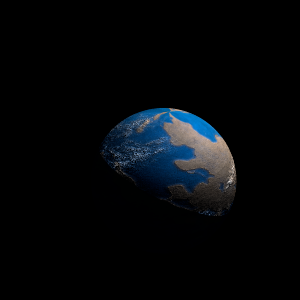|
|
Space Astro
|
Info for exoplanet "Menyeri Jot"
| Scientific (actual) data |
|---|
| Name | TOI-2068 Ab |
| Planet status | Confirmed |
| Planet mass | 0.0138 |
| Radius | 0.1624 |
| Orbital period | 7.76892 |
| Semi major axis | 0.0632 |
| Inclination | 89 |
| Discovered | 2023 |
| Updated | 2024-08-05 |
| Tzero tr | 2458680 |
| Impact parameter | 0.46 |
| Temperature (kelvin) | 521 |
| Publication | Published in a refereed paper |
| Detection type | Primary Transit |
| Mass measurement type | Theoretical |
| Radius measurement type | Primary Transit |
| Star name | TOI-2068 A |
| Right ascension | 186.28° |
| Declination | 60.42° |
| Mag v | 13 |
| Star distance | 52.93 |
| Star metallicity | 0.27 |
| Star mass | 0.559 |
| Star radius | 0.535 |
| Star sp type | M1V |
| Star age | 7 |
| Star temperature | 3710 |
| Star alternate names | TOI-2068, G 197-57 |
| Wikipedia article | TOI-2068 Ab |
Back
| |
| Fictional info (?) |
|---|
| Suggested name | Menyeri Jot |
| Planet type | Warm planet |
| It may have had carbon dioxide oceans in the past, but these would have vaporized as the temperature rose due to a runaway greenhouse effect.
The surface of this arid planet is often inhabitated by aggressive yet stone-age bacteria called the "Daphna-pe". They spend their life in the mountains by eating something called Thicisco Pho. They are somewhat related to Mirke-malsao and have 8 eyes and vary in length from 9 to 10 cm. Most Daphna-pe are able to thrive at temperatures from 90 to 190°C and even the acidic environment. |
| Estimated population | 9000000000 |
| Atmosphere | Water | 57% |
| Oxygen | 31% |
| Carbon dioxide | 11% |
| Methane | 0.0014% |
| Atmospheric pressure | 0.001 bar |
 |
| No known satellites |
| Google search for Menyeri jot |
|
Website by Joachim Michaelis
|
|
|
|